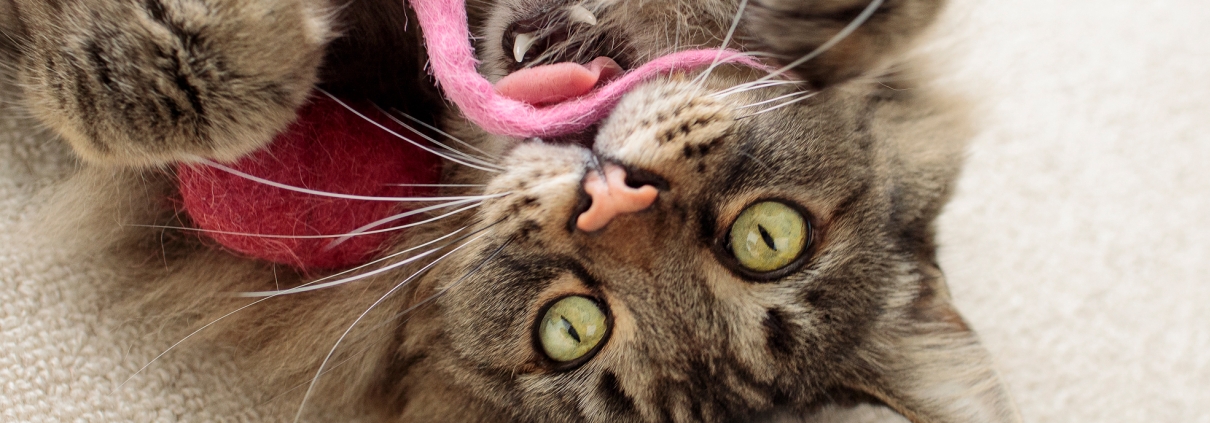Environmental Modification / Enrichment Strategies
Osteoarthritis (OA) is highly prevalent in the feline population
With approximately 40% of cats showing clinical signs and up to 90% of cats over 12 years demonstrating radiographic evidence in at least one joint (Slingerland et al., 2011). Because cats are adept at masking pain, OA can be under-recognized in practice. Simple environmental modifications and enrichment strategies can significantly improve comfort, mobility, and quality of life for feline patients.
Targeted Enrichment and Play
- Kicker Toys: Encourage natural predatory behaviors while supporting rear limb strength and flexibility. Kicker toys can be recommended as a low-impact way to promote movement and preserve muscle tone.
- Scratching Alternatives: Horizontal scratching surfaces are more accessible for cats with forelimb OA than vertical posts. Recommend low-profile scratchers or wall-mounted options close to the ground.
Modifying Rest and Shelter
- Accessible Boxes and Hideaways: Traditional boxes may be difficult for arthritic cats to enter. Cutting a low entry or positioning boxes on their side creates a safe, low-effort retreat.
- Elevated Resting Areas: Cats often prefer perches and lookouts. Pet ramps, stairs, or wide stable platforms allow cats to continue using elevated spaces safely. Heated or padded bedding may further enhance joint comfort.
Litter Box Considerations
Inappropriate elimination in senior cats warrants medical evaluation, but OA should be considered as a contributing factor.
- Recommend litter boxes with low-entry sides.
- Place boxes on multiple levels of the home to reduce stair use.
- In advanced cases or with concurrent cognitive decline, consolidating essential resources in one location can be beneficial.
Flooring and Nail Care
- Traction Aids: Slick floors deter movement and increase risk of slips. Non-slip mats, yoga runners, or low-pile rugs can improve mobility and confidence.
- Nail Management: Overgrown nails compromise gait and comfort. Routine trimming is especially important in older cats with reduced activity.
Resource Accessibility
- Encourage owners to consolidate food, water, litter, beds, and enrichment on a single accessible level of the home.
- Suggest raised food and water bowls to reduce neck and shoulder strain during feeding.
Clinical Application
Veterinary teams can educate owners on these modifications during wellness visits or OA rechecks, framing them as practical, low-cost interventions that complement medical management. By integrating environmental strategies with analgesics, weight control, and physiotherapy, we can improve mobility and preserve independence in geriatric feline patients.
- Monique Koll, DVM, CCRP, CVPP Certified Cat Friendly Veterinarian, Feline Veterinary Medical AssociationReferences
- Slingerland LI, Hazewinkel HA, Meij BP, Picavet P, Voorhout G. Cross-sectional study of the prevalence and clinical features of osteoarthritis in 100 cats. Vet J. 2011;187(3):304-9.
- Enomoto M, Lascelles BDX, Gruen ME. Development of a checklist for the detection of degenerative joint disease-associated pain in cats. J Feline Med Surg. 2020;22(12):1137-1147.


